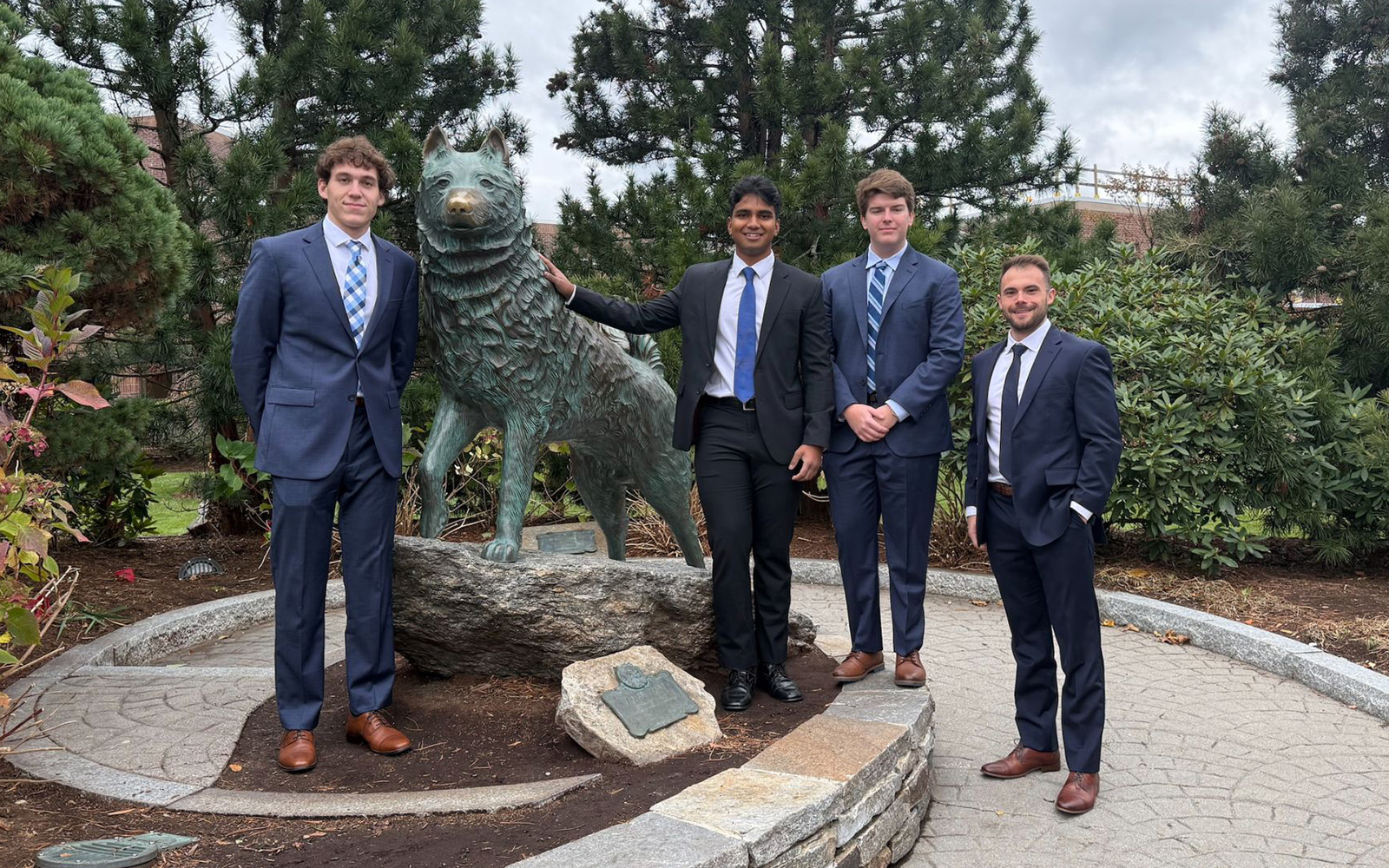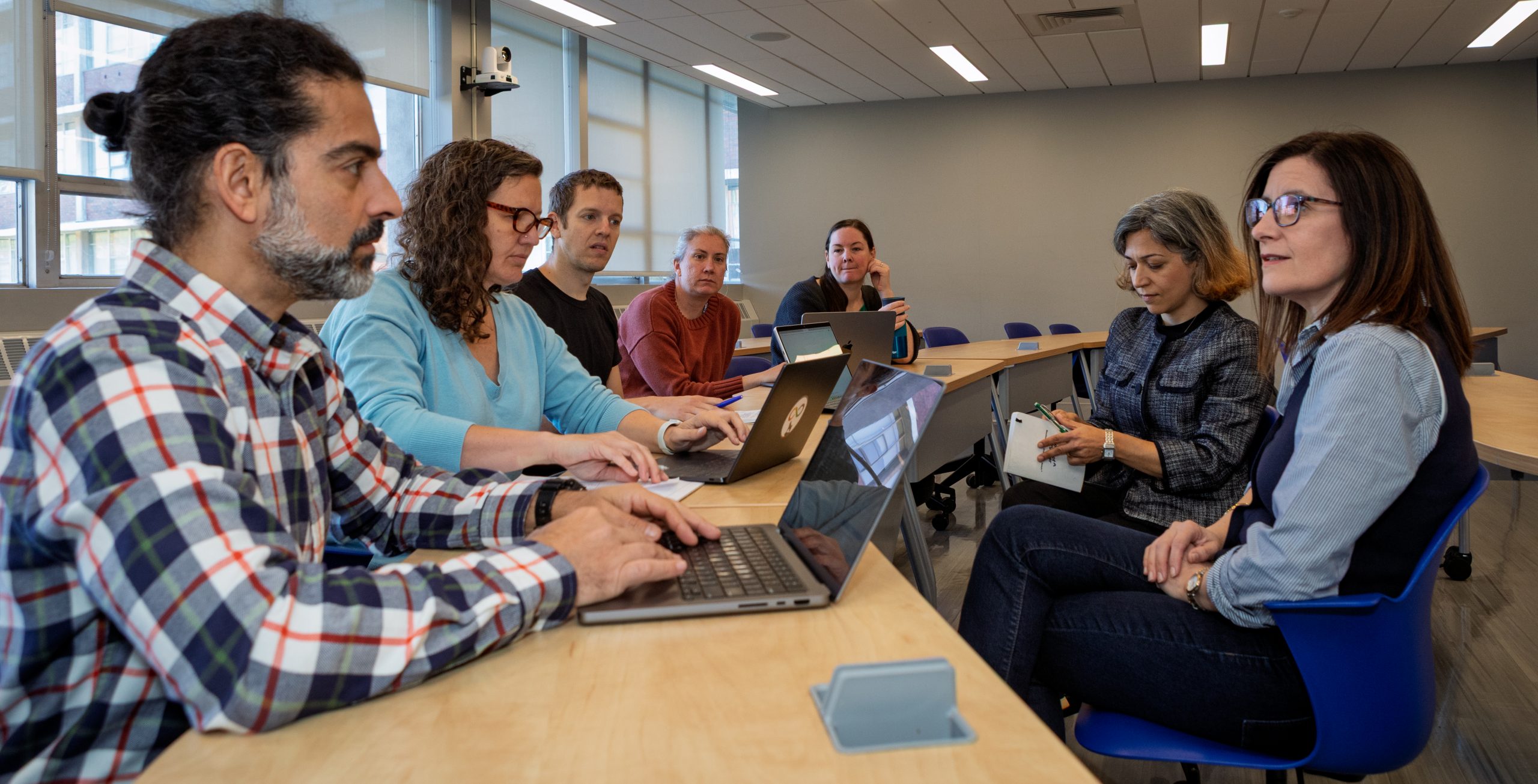UConn materials science and engineering researcher Seok-Woo Lee and his colleagues have discovered super-elastic shape-memory properties in a material that could be applied for use as an actuator in the harshest of conditions, such as outer space, and might be the first in a whole new class of shape-memory materials.
If you have ever had braces or wear eyeglasses, you may have already come in contact with shape-memory materials. With applications in a wide range of consumer products such as “unbreakable” frames for glasses, and civil industrial structures like bridges, materials with shape-memory properties can return to their original shape by magneticforces or heat even after being significantly deformed.
Lee, who is Pratt & Whitney assistant professor of materials science and engineering, studied calcium iron arsenide, or CaFe2As2, which is an intermetallic better known for its novel superconducting properties. Since the material is commonly used in high-temperature superconductors, extensive research had already examined the compound’s superconducting and magnetic properties. Inspired by previous research conducted at the U.S Department of Energy’s Ames Laboratory by Paul Canfield on calcium iron arsenide’s electronic properties, Lee set out to measure the material’s high degree of pressure and strain sensitivity for potential applications as a structural material.
Working with a team of graduate and undergraduate students at UConn and collaborators at Ames Laboratory, Drexel University, and Colorado State University, Lee discovered that not only did CaFe2As2 exhibit the ability to “bounce” back into its original shape, it showed “giant super-elasticity.” While normal metal alloys or intermetallics recover 0.5 percent of the pre-deformation shape once the compressing force has been removed, CaFe2As2 recovers more than 13 percent.



